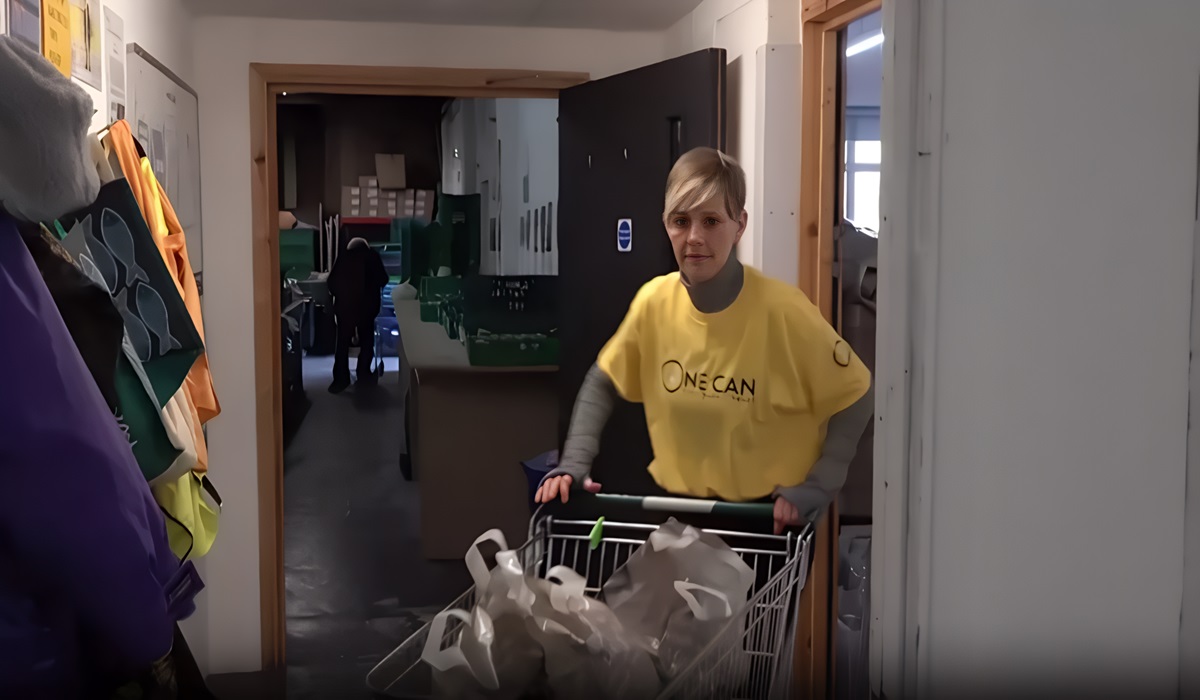In recent months, Mexico City has become a focal point for an unprecedented surge in migrant arrivals despite a reported drop in encounters along the U.S./Mexico border. While U.S. authorities note a decline in migrant numbers in October and November, Mexico is grappling with an influx of migrants setting up encampments in various parts of the country.
Daily, buses roll into downtown Mexico City from the southern state of Chiapas, carrying migrants from diverse corners of Latin America and beyond. Many are finding temporary refuge near a Catholic church in the La Merced neighborhood, setting up makeshift shelters in the capital’s historic center.
Long-time migration observers in Mexico express astonishment at the sheer volume of migrants flooding into the City. Divided along geographic lines, the encampments host individuals from South America, predominantly Venezuela and Colombia, and on the other side, migrants hailing from Haiti.
Accompanied by a Haitian musician named Bahano Junior, Contreras explores the encampment, comprising dozens of makeshift tents where Haitian women cook on open fires. Despite language barriers, Bahano emerges as a leader for the Haitian community, explaining their dire circumstances: “We are here because we have no money to pay for a house. We have to pay 400 for this thing.”
Most Haitians in the encampment are registered with the U.S. government’s CPB One app, signalling their intent to seek asylum in the United States. However, the dynamic nature of the encampment makes it challenging to determine precise numbers.
On the other side of the encampment, migrants from South America, primarily Venezuelans, coexist with some Colombians and Central Americans. Leonardo “Kennedy” Matute, responsible for coordinating basic services, highlights the pressing need for government support, especially regarding sanitary facilities: “I need help from the government to install portable bathrooms for the people here so that we can maintain hygienic conditions.”
Walking through the encampment, Contreras encounters people washing clothes, preparing meals, and lining up for water. A pregnant woman from Venezuela shares her poignant perspective: “We have lived through many difficult things, including humiliations. Our goal is to reach the United States so that we can have a stable life for ourselves and our children.”
Mexican officials report that from January to October of the current year, over 28,000 migrants have registered in the capital, and this number continues to rise daily. The challenges migrants face, and the city itself underscore the urgency of addressing the humanitarian aspects of this unfolding situation.
As Mexico City grapples with the unprecedented surge in migrants, the encampments near the historic center serve as a microcosm of the broader challenges faced by those seeking a better life. The stories of resilience, struggles, and aspirations unfolding within these makeshift communities underscore the need for comprehensive and compassionate responses to address the complexities of this evolving humanitarian crisis.









